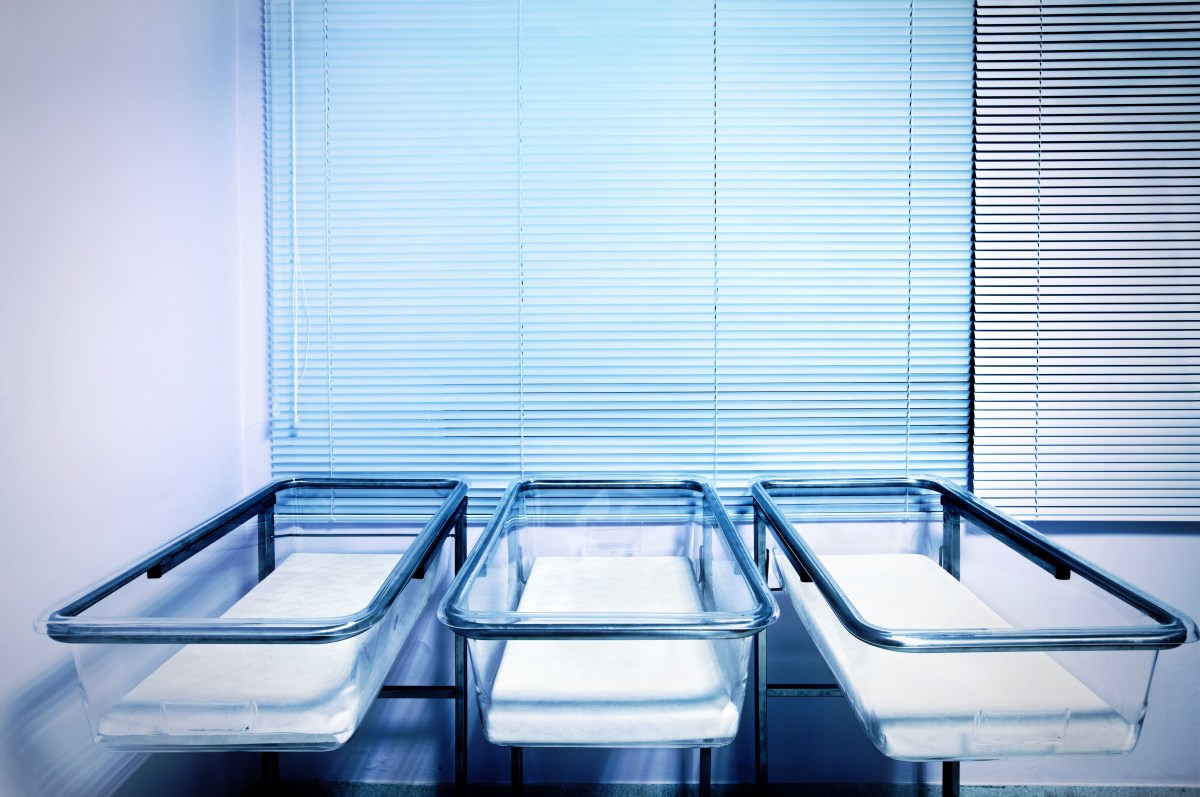If there really is a post-lockdown baby boom on the horizon, there’s no sign of it yet. Birth rates in the United States have been on a nearly uninterrupted decline since 2007, and the most recent numbers reveal the lowest number of births in the country in 35 years.
The new data, released Wednesday by the CDC, found the number of births in the U.S. fell about 1 percent from 2018, to a total of about 3.7 million.
According to the Associated Press, the latest drop reflects a continuation of a national “baby bust” that’s been going on for over a decade. With the exception of a one-year spike in 2014, birth rates have declined every year since 2007. Birth rates among teen mothers have been on the decline for even longer, dropping almost every year since 1991.
Last year, birth rates fell for nearly every age group up to age 34, but increased for women in their 40s, a sign that many women and couples are delaying family plans.
And despite rumors of a post-coronavirus baby boom, most experts don’t expect to see those numbers go up any time soon. In fact, many have suggested that the pandemic may actually cause people to further postpone their childbearing plans.
“This unpredictable environment, and anxiety about the future, is going to make women think twice about having children,” Dr. Denise Jamieson, chair of obstetrics and gynecology at Emory University, told the Associated Press. Fertility researcher Hans-Peter Kohler said that the prediction of a post-lockdown generation of “coronials” is “widely perceived as a myth.”
Whether or not the baby boom rumors turn out to be true, it will be a while before we’ll see any COVID-related effect on birth rates reflected in the maternity ward. According to Brady Hamilton, the CDC report’s lead author, any impact won’t be visible until late this year or early next.
Subscribe here for our free daily newsletter.
Thanks for reading InsideHook. Sign up for our daily newsletter and be in the know.


















